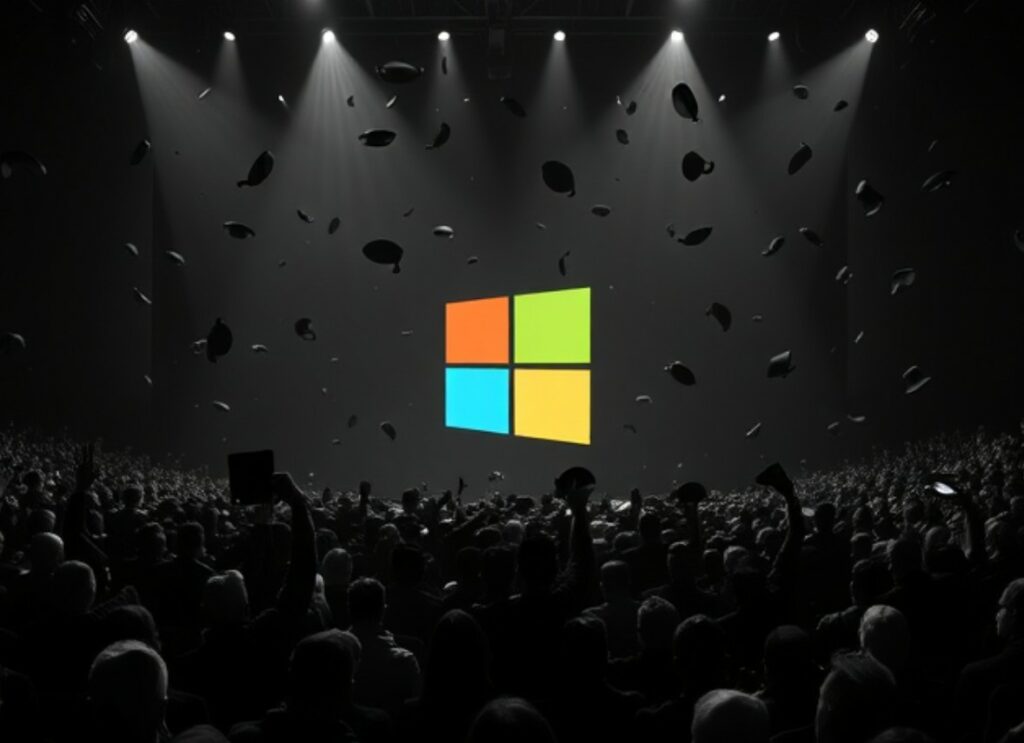
It’s been ten years since the release of Windows 10, the system designed to restore user confidence after the failed experiment with the Windows 8 interface. In 2015, Microsoft attempted to regain control of the desktop ecosystem by offering a universal solution that combined a familiar interface with cross-platform ambitions. While initial expectations were high, the reality has proven contradictory.
Support for Windows 10 will end on October 14, 2025. After this date, Microsoft will no longer provide free security updates, software updates, or technical support for Windows 10. PCs will continue to function, but they will become more vulnerable to viruses, malware, and other security issues.
Windows 10 has eliminated most of the annoying innovations of the previous version. Users have returned to the familiar desktop, freed from the forced “tile” navigation typical only of tablets. Combined with a broad hardware base and the option of free upgrades from Windows 7 and 8.1, this allowed the system to quickly establish itself as a leader. On SSD-based computers, it sometimes even surpassed its predecessor in terms of boot speed and responsiveness.
One of the key innovations was the launch of the Windows Insider Program, which allowed enthusiasts to participate in pre-release build testing. However, the company didn’t always take feedback into account: semi-automatic updates, forced reboots, and glitches in the patch distribution system caused serious criticism. The release of the October 2018 Update, which deleted user files, was particularly painful: a mistake that cost Microsoft its reputation.
Along with the desktop version, Windows 10 Mobile was released, an attempt to revitalize the mobile space. However, the lack of adequate support and user interestled the platform to rapidly lose relevance. Along with the failure of the mobile ecosystem, hopes for a single Windows space that would include smartphones, tablets, and headsets like HoloLens faded.
In the wake of the failure of its mobile strategy,Microsoft relied on browser integration. The familiar Internet Explorer icon was replaced by Edge, a more modern but still limited EdgeHTML engine. The company then switched entirely to Chromium, effectively acknowledging the failure of its implementation and prioritizing compatibility over originality.
Windows 10 also marked a turning point for privacy. The widespread implementation of telemetry, limited tracking settings, and intrusive update delivery caused a wave of discontent. Despite data protection guarantees, many saw these moves as a step backward in the relationship between users and developers.
At the same time, Microsoft actively promoted the concept of the Universal Windows Platform, an abstract model that promised a single application format for all devices. However, as priorities shifted within the company, UWP quickly devolved into an unclaimed experiment, leaving developers in limbo.
Windows 10 continued to dominate the desktop market even as it neared the end of its life cycle, more due to the lack of interest in Windows 11, Microsoft’s stringent hardware requirements, and its focus on artificial intelligence than any real commitment to Windows 10. However, it remained a stable, non-interactive platform, a quality appreciated by millions of users.
In hindsight, Windows 10 wasn’t exactly a game-changer, but it managed to right the ship after the clumsy release of version 8.x and keeping the ecosystem alive despite the change in strategy. It was a system without many features, but with an emphasis on predictability and functionality, and perhaps that was exactly what users were waiting for. With the end of support for Windows 10, not only its technical history comes to an end, but also an entire era in which Microsoft was still trying to balance innovation and stability.
Follow us on Google News to receive daily updates on cybersecurity. Contact us if you would like to report news, insights or content for publication.
